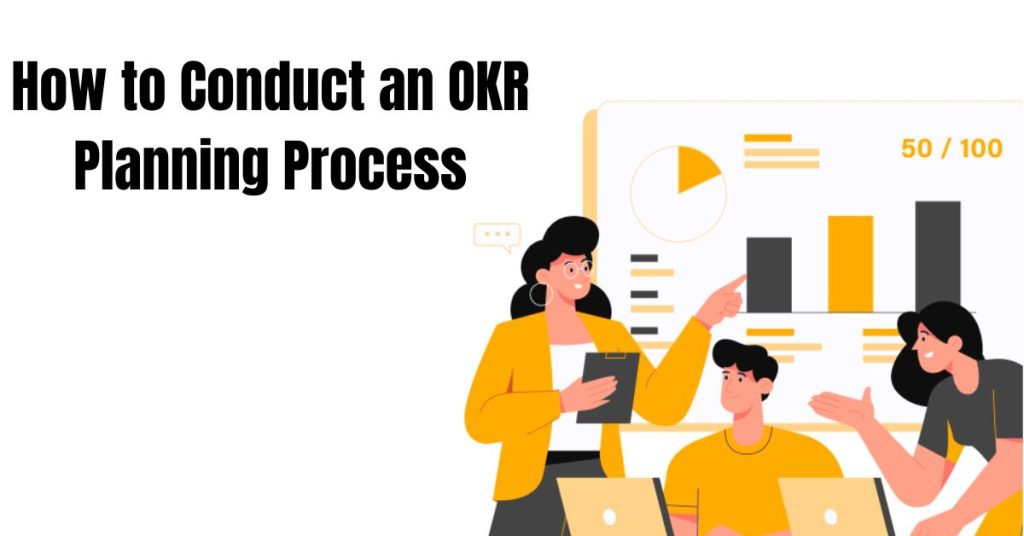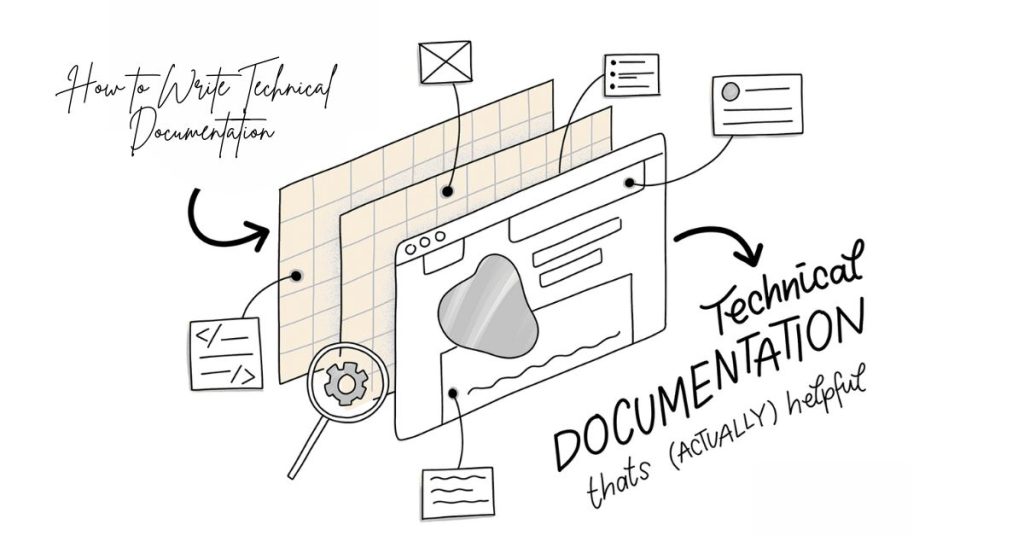In today’s fast-paced and highly competitive business environment, project deadlines are tighter than ever. Whether you’re launching a product, completing a client deliverable, or upgrading internal systems, time is often the most critical resource. This is where fast tracking in project management becomes a strategic asset.
Fast tracking is a schedule compression technique used to shorten the project timeline without changing the project scope. It involves performing activities or phases in parallel that were originally planned to be done sequentially. While this approach can help recover lost time and bring lagging projects back on track, it also introduces new levels of complexity and risk that need to be managed carefully.
Used correctly, fast tracking can be a powerful tool to improve delivery timelines and maintain stakeholder confidence. However, it demands thoughtful planning, strong communication, and often, robust project management software to ensure successful execution.
Hello my name is _____ and my project is behind schedule
Hello, my name is [Insert Your Name], and like many project managers before me, I’ve found myself staring at a project timeline that’s slipping away. The deadlines are looming, deliverables are piling up, and stakeholders are getting anxious. Despite our best efforts, we’ve hit roadblocks—maybe it was a delay in resource availability, scope creep, or an unexpected change in priorities.
Sound familiar?
Falling behind schedule is a common scenario in project management. But the good news is, it’s not the end of the road. There are strategies that can help you recover lost time and get your project back on track—and one of the most effective is fast tracking.
Fast tracking isn’t about cutting corners or skipping steps. It’s about working smarter with the time you have left. And if done correctly, it could mean the difference between a failed project and a successful, on-time delivery.
What is Fast Tracking in Project Management?
![]()
Fast tracking is a schedule compression technique used in project management that allows you to shorten the project timeline by performing certain activities in parallel rather than sequentially. In simpler terms, you overlap tasks that were originally planned to occur one after another.
For example, imagine you’re managing a software development project. Normally, the testing phase begins only after the coding is complete. But with fast tracking, you might start testing parts of the software while other components are still being developed. This doesn’t change the project’s scope or requirements—it only changes how and when certain tasks are executed.
Key Characteristics of Fast Tracking:
Overlap of tasks: Activities that are normally dependent on the completion of previous tasks are started earlier.
No change to project scope: The goals, deliverables, and quality expectations remain the same.
Requires re-sequencing: The project schedule must be reorganized carefully to reflect the new order of tasks.
Introduces more risk: Overlapping tasks can create dependencies and complexities that may lead to rework or confusion if not managed well.
When Is Fast Tracking Used?
Fast tracking is most often used when:
A project is behind schedule and needs to catch up.
A client or stakeholder requests an earlier delivery date.
There is a strategic opportunity to finish early (e.g., market competition, seasonal launch).
Benefits of Fast Tracking:
Helps recover from project delays
Speeds up time-to-market
Maintains the original scope and quality
Avoids the need for additional resources or budget (unlike crashing)
Drawbacks of Fast Tracking:
Higher risk of errors and miscommunication
Increased pressure on team members
More complex project coordination
Potential for rework if overlapping tasks conflict
Fast tracking isn’t a magic solution, but when used wisely and with the right tools in place, it can be a game-changer for delayed or time-sensitive projects. In upcoming sections, we’ll explore more about when to fast track, how it compares to project crashing, and what steps you need to take to do it effectively.
A Crash Course in Project Crashing

Before you decide whether fast tracking is the right move, it’s important to understand another common schedule compression technique: project crashing. Though often confused with fast tracking, crashing takes a very different approach to shortening a project timeline.
What Is Project Crashing?
Project crashing involves adding extra resources—such as labor, equipment, or budget—to speed up the completion of certain project tasks. The idea is simple: increase input to reduce task duration. For example, if a task was originally scheduled for five days with one person assigned, crashing might involve assigning two or three people to get it done in two or three days.
Key Features of Project Crashing:
Increased costs: You’re using more resources, which typically increases expenses.
No change in project scope: Like fast tracking, crashing doesn’t affect the deliverables or quality expectations.
Focused on critical path: Crashing is only applied to tasks on the project’s critical path—those that directly affect the finish date.
Requires careful analysis: Not all tasks benefit from extra resources, and some may experience diminishing returns.
Fast Tracking vs. Crashing: A Quick Comparison
| Feature | Fast Tracking | Project Crashing |
|---|---|---|
| Method | Tasks are overlapped | Additional resources are added |
| Cost Impact | Low or none | High |
| Risk Level | Moderate to High | Moderate |
| Scope Change | No | No |
| Affects Critical Path? | Yes | Yes |
| Complexity | High coordination | High cost planning |
When to Consider Project Crashing
Crashing is often used when:
Fast tracking is not feasible due to task dependencies.
There’s a fixed deadline and budget is flexible.
Key stakeholders are demanding quicker delivery.
The delay costs (penalties, lost revenue, etc.) outweigh the cost of crashing.
Common Pitfalls of Project Crashing
Overloading team members, causing burnout.
Quality degradation due to rushed work.
Wasted budget if added resources don’t improve speed.
Interpersonal or resource conflicts when too many people work on a single task.
Project crashing is a more aggressive strategy than fast tracking, and it comes with significant cost implications. It can be highly effective when deadlines are non-negotiable and additional budget is available. However, it must be implemented carefully, ideally with the support of project management software that helps you track resource allocation, costs, and schedules in real time.
The Perfect Time to Fast Track ⏰
Fast tracking can be a powerful remedy for slipping deadlines—but that doesn’t mean it should be applied in every situation. Timing is everything. Knowing when to fast track can make the difference between salvaging your project and plunging it into chaos.
When Is It Ideal to Fast Track a Project?
Here are some scenarios where fast tracking makes sense:
The project is behind schedule: Your timeline is slipping, and you need a non-budget-heavy option to get back on track.
Deadlines have been moved up: Stakeholders or clients request earlier delivery due to market pressures or business shifts.
Resource constraints prevent crashing: If you can’t add more people or budget, fast tracking might be the only feasible solution.
You’re in the early or mid-phase of the project: Adjusting task sequences is more manageable before you’re too close to the final stages.
Dependencies are flexible: You identify tasks that can reasonably be done in parallel without harming output quality.
Fast tracking is not a set-it-and-forget-it approach. It requires intentional planning, risk analysis, and real-time tracking. Speaking of which…
The Risks and Rewards of Fast Tracking
✅ Rewards of Fast Tracking:
Reduced project duration without increasing scope or deliverables.
Improved client satisfaction due to faster delivery.
Better resource utilization if done efficiently.
Maintained budget (compared to crashing).
⚠️ Risks of Fast Tracking:
Higher risk of rework due to overlapping tasks without completed inputs.
Increased coordination complexity, especially in cross-functional teams.
Greater chance of communication breakdowns.
Potential compromise in quality if tasks are rushed or misaligned.
To successfully fast track, you need the right tools, frameworks, and team discipline.
How to Fast Track Your Project
If you’re ready to fast track your project, here are the essentials:
Re-evaluate your project schedule – Identify tasks on the critical path that can be done in parallel.
Assess task dependencies – Determine which dependencies are mandatory and which are flexible.
Communicate with your team – Everyone should understand the new sequence and be prepared for increased collaboration.
Update your project timeline and documents – Reflect new task overlaps, adjusted durations, and risk mitigation plans.
Monitor progress with precision – Use project management software to keep everything on track.
Use Corexta for Efficient Fast Tracking
Fast tracking can get messy without clear visibility and real-time updates. That’s where Corexta comes in. Corexta is a modern project management software that helps you fast track confidently with:
Automated timeline visualization to identify overlap opportunities
Real-time task tracking to prevent delays and miscommunications
Custom workflows for quick schedule adjustments
Team collaboration tools to keep everyone on the same page
With Corexta, project managers can make data-driven decisions and implement fast tracking strategies without losing control or visibility. It’s built for agile teams, tight timelines, and high-stakes projects.
5 Steps to Fast Tracking
![]()
Fast tracking is more than just rearranging your schedule—it’s a strategic process that requires analysis, communication, and ongoing management. To do it right, you need to follow a methodical approach that ensures you’re not just rushing tasks but truly accelerating progress in a sustainable and controlled way.
Here are 5 essential steps to fast tracking your project effectively:
1. Identify the Problems to Identify Your Goals
Before you start fast tracking, you need clarity on why your project is behind or needs acceleration. Is it due to delays in a specific phase? A change in client deadlines? Internal miscommunications? Understanding the root problems helps you define realistic, time-bound goals for fast tracking.
Ask yourself:
What caused the delays?
Which deliverables are at risk?
What must be completed earlier—and why?
Once you’ve defined the problem, you can identify the goal of fast tracking: is it to deliver a key milestone sooner? Meet a fixed launch date? Or simply recover from unexpected lags?
👉 Tip: Use project data and team feedback to identify bottlenecks, missed deadlines, or high-risk tasks.
2. Examine Your Current Project Schedule
Next, take a detailed look at your project plan or Gantt chart. This is where you analyze the current task sequences and their dependencies. Identify the critical path—the sequence of tasks that directly determines your project’s finish date.
Focus on:
Task dependencies (which tasks depend on others?)
Task durations (how long does each activity take?)
Slack or float time (how much flexibility is available?)
You can only fast track tasks that:
Are on the critical path
Can reasonably be overlapped with others without significant risk
👉 Tip: Use a project management software to visualize your timeline and dependencies clearly.
3. Look for Your Fast Track Opportunities
Now it’s time to pinpoint where fast tracking can be implemented. You’re looking for tasks that:
Can start before their predecessor is 100% complete
Involve different teams or resources (to reduce task conflict)
Can tolerate a certain level of risk without jeopardizing project quality
Example fast track opportunities:
Begin development while design is in progress
Start content writing while marketing strategy is being finalized
Overlap testing with late-stage development for modular projects
Evaluate each opportunity for:
Feasibility
Risk level
Potential time savings
Team workload
👉 Warning: Never fast track tasks that are highly interdependent without contingency plans—this often leads to rework.
4. Look at Your Resources. Is Your Fast Track Plan Realistic?
You might have identified overlap opportunities—but do you have the resources to support this acceleration?
Consider:
Team capacity: Are your team members already overloaded?
Availability of tools or environments: Can testing begin before final builds are ready?
Stakeholder readiness: Will early starts on certain tasks require client approvals or budget changes?
Communication lines: Are all teams aligned and informed?
Assess whether your team can handle parallel work without sacrificing quality, and whether additional training or support tools are needed.
5. Monitor Your Progress
The final step—possibly the most important—is continuous monitoring. Fast tracking introduces more complexity, so real-time oversight is critical.
What to track:
Are the overlapped tasks progressing smoothly?
Is the quality of deliverables being maintained?
Are any conflicts or bottlenecks emerging from the new sequence?
Are you meeting the revised deadlines?
Use dashboards and reports to:
Flag delays early
Adjust timelines as needed
Keep stakeholders informed
Measure time saved vs. original baseline
🔄 Recap: Your Fast Track Workflow
Diagnose the problem and define your fast tracking goal.
Break down your project schedule and identify critical path tasks.
Find feasible tasks to overlap safely.
Validate the availability and readiness of your resources.
Monitor execution closely with the right tools and adapt as needed.
Kick things into high gear
Once your fast tracking strategy is in place, it’s time to shift from planning to execution—and that means kicking things into high gear. This stage is where momentum matters most. You’ve identified the problems, restructured your schedule, and validated your resources. Now it’s about driving focus, maintaining alignment, and delivering results faster than ever.
🔧 Activate Your Fast-Track Plan with Precision
To ensure your fast-tracked project stays on course:
Hold a kickoff meeting: Gather all stakeholders, clarify the new task sequences, and set expectations for the revised timeline.
Reassign responsibilities: Some tasks may now require multiple teams working simultaneously—make sure ownership is clear.
Establish daily or weekly check-ins: These keep communication tight and ensure any issues are addressed immediately.
A fast-tracked project can unravel quickly if left on autopilot. You need active oversight and engaged leadership to guide the team through overlapping workflows and tighter deadlines.
🚀 Empower Your Team With the Right Tools
If you’re still managing fast-tracked projects with spreadsheets or disconnected tools, you’re making it harder than it needs to be. Project management platforms like Corexta offer essential features for managing compressed schedules:
Drag-and-drop scheduling to reflect real-time task overlaps
Built-in time tracking to measure whether progress aligns with the new plan
Role-based dashboards so each team member sees only what they need
Instant notifications and alerts for delays, task completions, and bottlenecks
Integrated communication so you don’t need to chase updates across email threads or chat apps
With Corexta, project managers can lead with confidence and team members can execute without confusion.
🏁 Finish Strong
Fast tracking is about more than speed—it’s about strategic acceleration. To finish strong:
Keep documenting what works (and what doesn’t)
Continue managing risks proactively
Revisit your goals weekly to ensure alignment
Celebrate small wins along the way to keep morale high
And once the project is complete, don’t forget to conduct a post-project review. Analyze what you gained from fast tracking, what setbacks occurred, and how to improve for next time.
Final Thought 💡
Fast tracking can breathe new life into a delayed project—but only if executed with care, clarity, and the right technology. By following the steps above and using robust tools like Corexta, you’ll not only meet your deadlines—you’ll exceed expectations. So go ahead—kick things into high gear, and turn that ticking clock into your biggest motivator.










